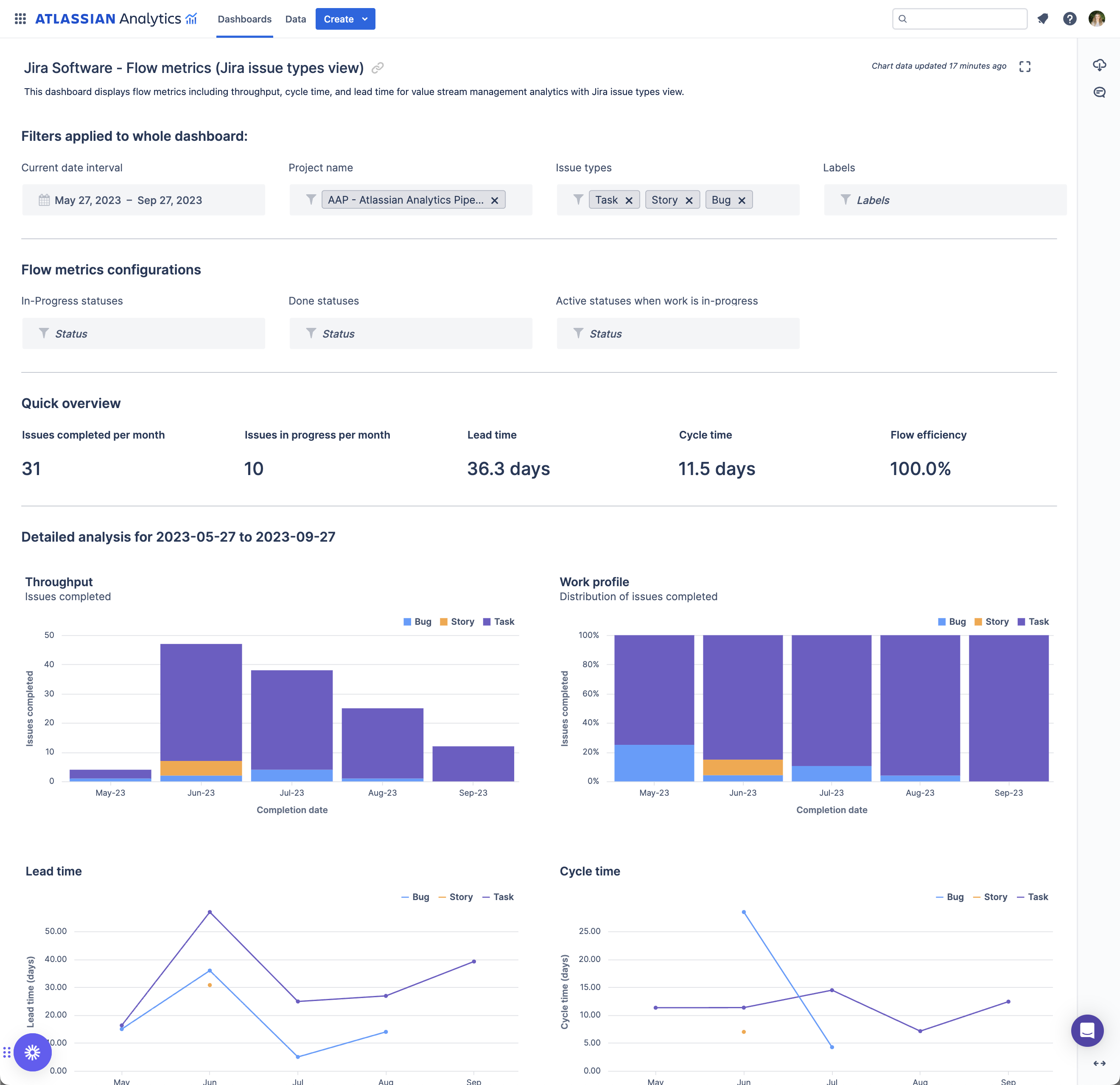With value stream management becoming more mainstream in organizations looking to better align IT initiatives with business priorities, SD Times had the chance to produce a webinar with two of the members of the team at Allstacks, which has created a value stream intelligence platform – Adam Dahlgren, COO and head of product, and Parker Ennis, director of product marketing. We discuss cross-functional metrics and analysis, strategic priorities and a lot more.
This conversation has been edited for length and clarity. You can listen to the full recording here.
SDT: We’ve been covering the software development industry for 20 years here at SD Times, and one of the biggest hurdles we always heard about was the disconnect between IT and what business wanted, because they were using different tools, didn’t speak the same language, and couldn’t have insights into the other side as to what’s needed. So value stream intelligence seems to be the long-awaited bridge to get the two sides to come together. But yet, this still seems to be kind of a challenge for a lot of people. Why is it so difficult?
ENNIS: I love this question. And you know, so I’ll give a brief little historical context that I think will be a good way to describe this. And it kind of comes down to why Allstacks was founded in the first place. Our CEO and co-founder was working in the health care field, senior engineering role, and had a seat at the table with leadership. You’re discussing the roadmap, strategic priorities, what’s important to the business, and sales and marketing will come with these beautiful slide decks, metrics, numbers, graphs, and show tangible data to back up questions like, ‘How are we delivering on X project? Where can we improve productivity efficiency here? And how are we delivering that value?’ It was hard for the engineering side to answer those questions. And it shouldn’t be. So that was kind of antithesis, and the reason that Allstacks was created – to understand that disconnect between the engineering side of the house and the go-to-market teams or the business side, and to create a way to bring data to the table and give engineering a voice in that boardroom.
DAHLGREN: We just find that the more complex the set of business units, use cases, teams processes are, the more value there is to be captured from putting these principles in place. And, and like Parker was saying earlier, it’s simply turning the lights on. It is amazing how difficult it is for people in these large, complex enterprises to even be able to benchmark their current state. How wrong they often are just about where they think they are, they’re the things that are on fire, they’re often wrong about what is on fire, and then the things that they think are not on fire are actually on fire. It is amazing. It’s really incredible how surprising it can be when these leaders first get a sense for, ‘Oh, this is actually this my state of affairs, this is my composite view of reality.’ That’s an exciting thing.
SDT: What do mean by value stream intelligence, as opposed to value stream management?
ENNIS: Allstacks is a value stream intelligence platform, as you mentioned, and I always like to start with saying that we turn the lights on with your engineering data; it’s a phrase that we use pretty commonly. And what that means is we let it let visibility come to the forefront of what you’re doing with your engineering workflows and your metrics. So we align that engineering work to business outcomes in a way that fosters collaboration, communication, and ultimately enables action to be taken from the data and the metrics that are surfaced. And we see value stream management, or what we call value stream intelligence as an evolution of where we’re going with something like DevOps. I also like to add in a little unique take that we’re gonna see a similar trend that we’ve seen with DevOps, where more companies are embracing those DevOps principles, you know, optimizing tools, people and processes. You see companies maturing their software delivery practices, and taking them more seriously. So CI/CD is table stakes, for instance, where it used to be something that was a goal that may have been more difficult for some organizations to achieve. And so now we’ve got to automate all the things, we’ve got to collaborate, we’ve got to communicate better, we know these things. And I think this maturity with VSM is going the same direction. So you know, any vertical, any industry, any organization, you know, adoption of value stream management platforms is going to grow exponentially. And we see that connection between the engineering side and the business side to be integral.
DAHLGREN: That’s the most important part. Right. So Dave, we were talking about this before we went live about your VSMcon that was running yesterday, and year over year, the changes in the market and what we were talking about a year ago, saying it’s probably about time that this breaks through as a core concept. Is it starting to click in the boardroom? Is it starting to click with the business executives and then boom, a year later, everybody’s out here talking business agility, and we’re realizing all these business agility messages that are not just bandied about, but they have weight now with the people who you want to be in business with in the enterprise.
SDT: For sure. So how does your solution then give the insight that people need in terms of how the flow is going through engineering until we get to delivery?
ENNIS: I like to say we’re agnostic in terms of your data. We take the approach of ingesting your engineering data from all those disparate tools and popular build tools, and then present that in the platform in the way of turning the lights on. And so, you know, we have two different modes in the platform that I like to think of in terms of delivery. And so there’s a mode that I like to call, what are we delivering? So what are the initiatives? Or what are the projects we’re working on? When can we expect those to be completed? And so you can get a top-down view or a bottom-up view. If I’ve got these metrics, and these frameworks and all this data, what can I do with that data to improve, and those are kind of the two modes.
SDT: Interesting. So what are some of the key metrics that you guys look at and the frameworks that you measure?
DAHLGREN: Yeah, just imagine you’re a leader in a software group, you are trying to bring a view of reality to your broader organization, you’re trying to report on how you’re focused on value, how you’re focused on efficiency, how you’re focused on whatever your current key objective really is. And this is, this is basically where we can, from the very first moment you have interaction with Allstacks, you connect some data, and we can then drop in the template for, let’s just focus on, you know, value delivery, and predictability, or let’s, let’s really understand Dora or the example here, if you’re if you’re trying to adhere to SAFe and you have a program that’s been laid out, like how are we really doing across RPIs. And this is all highly configurable, so we can drop it, we can drop it in automatically. And then you can, you can adjust it, because you have the power at your fingertips throughout the platform.
ENNIS: I think another thing that jumps out is you can take these, edit them directly. For instance, maybe you have another team that sees what you’re doing, ‘Oh, that’s a really cool metric. That’s a really cool dashboard.’ You can take it and clone it, and provide that to other teams as well.








